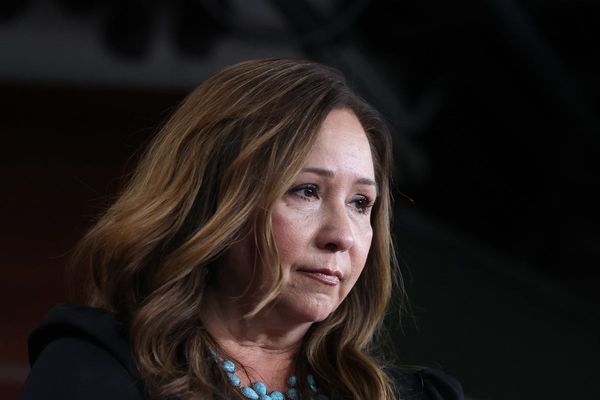
Women in the UK work for free for nearly two months of each year according to the most recent gender pay gap.
Although the gender pay gap has been gradually closing over the past 30 years, in reality, it is still much greater in some industries and regions of the UK, meaning that some women are essentially working for free for even longer.
Since 2017, employers in the public and commercial sectors with 250 or more workers are obligated to submit to the Government and publish information on the gender pay gap within their companies on an annual basis.
So, with International Women’s Day in mind, here are the statistics for the past year.
What is the current gender pay gap in 2024?
According to Trades Union Congress’ (TUC) pay analysis, there is a gender pay difference of 14.3 per cent in 2024.
TUC represents more than 5.6 million people in 48 different unions.
The data says the net average wage for men and women between the ages of 40 and 49 is presently £36,192 for women and £42,900 for men. At £264,400, the national average property price is equivalent to 6.2 times the wage of a man and 7.3 times the pay of a woman.
The average woman has to labour for 52 days, nearly two months, before receiving the same compensation as the average man.
Women between the ages of 50 and 59 have the largest pay disparity (19.7 per cent) and, until Monday, March 11, 2024, they will work the equivalent of 72 days without pay. When compared to non-disabled men, disabled women experience the largest salary gap, 35 per cent, or £7,144 annually.
The wage disparity varies by industry; finance and insurance have the largest pay difference (27.3 per cent). Even in fields where women predominate, like education, there remains a large salary disparity (21.3 per cent).
The Office for National Statistics (ONS) also reported similar findings for the previous year.
It said in April 2023, women's median hourly income for full-time employees was 7.7 per cent lower than men's, while women's median hourly pay for part-time employees was 3.3 per cent higher than men's (numbers exclude overtime pay).
The same study, commissioned by campaign group Pregnant Then Screwed, discovered that in 2023, mothers made on average 24 per cent less per hour than fathers (£4.44 less, to be exact).
Is the gender pay gap improving at all?
The pay gap has only been narrowing since 2011 at a rate of 0.4 percentage points annually.
The TUC says, at current rates, it will take until 2044 to close.







